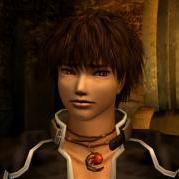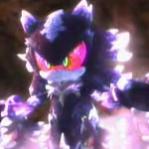[Ruling] Yu-Gi-Oh! - Ruling FAQ - Clearing up the most confusable rulings
-
Recently Browsing 0 members
- No registered users viewing this page.
-
Similar Content
-
- 8 replies
- 2,079 views
-
- 1 reply
- 1,311 views
-
- 4 replies
- 1,958 views
-
- 3 replies
- 4,462 views
-
- 0 replies
- 1,475 views
-



Recommended Posts
Join the conversation
You can post now and register later. If you have an account, sign in now to post with your account.